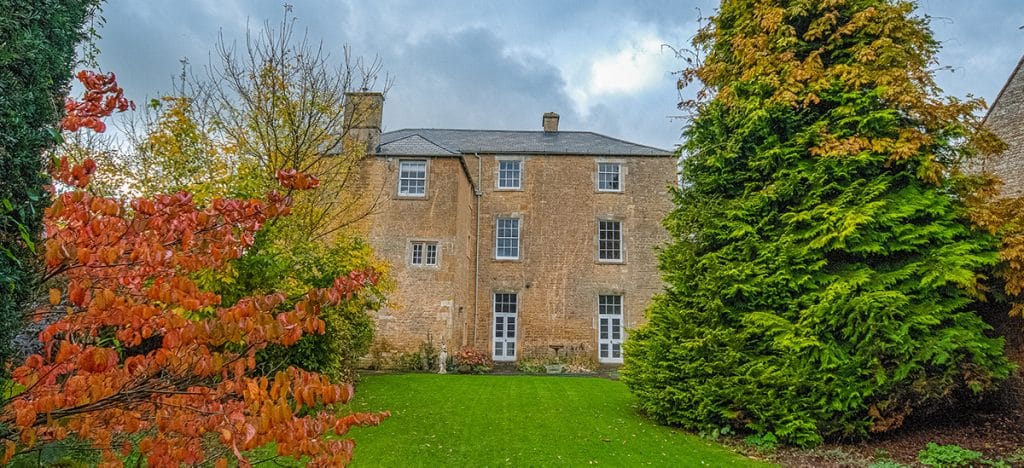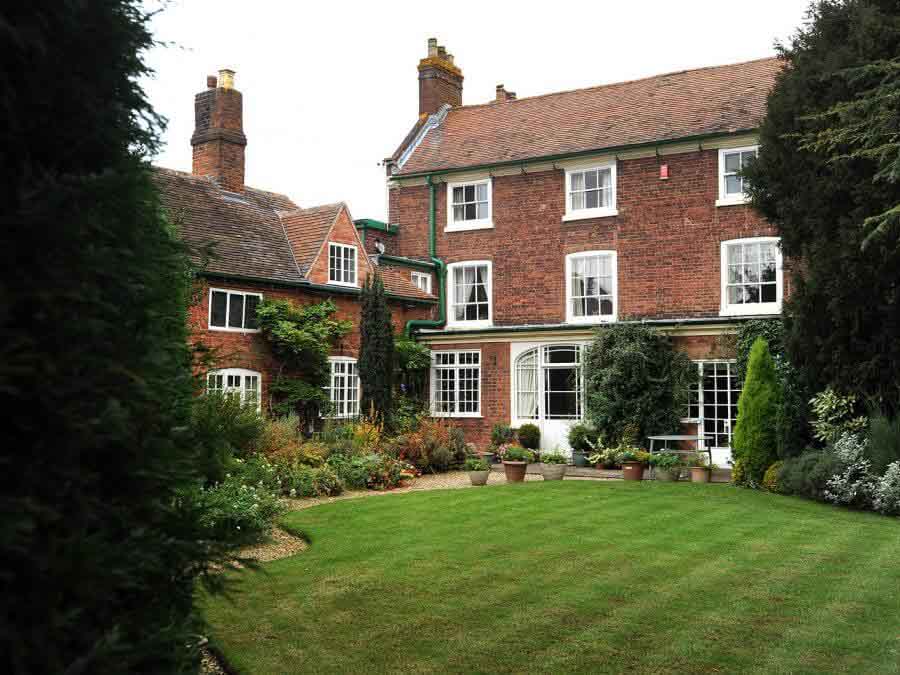Listed Buildings And Energy Performance Certificates
Are you familiar with the rules governing Energy Performance Certificates for historic structures? In the UK, it is estimated that there are 500,000 listed structures. Because the majority were constructed before 1900, they are unlikely to be extremely energy efficient. However, with the introduction of EPCs, the prevailing consensus has been that listed structures are exempt.
However, the government has recently pushed for better residential energy efficiency as a means of combating climate change. Minimum Energy Efficiency Standards (MEES), which focused on the private rental sector and was established in 2018, was one of the primary initiatives.
But how can this legislation be applied to listed structures and homes in conservation areas?

EPCs – What are they?
An Energy Performance Certificate (EPC) is a certification that details a property’s energy efficiency. It employs an EPC rating system, with A being the most efficient and G representing the least efficient. A valid EPC is required for any building that is being built, purchased, or sold, however, there are some exceptions, such as structures that are on The National Heritage List for England.
I have a Listed Building – do I need one?
Previously, listed buildings were exempt from the government’s requirement that they receive an Energy Performance Certificate (EPC) if they were rented or sold.
In 2018, the Minimum Energy Efficiency Standards (MEES) were implemented, requiring any property that is being rented to have an EPC rating of E or higher. The Ministry of Housing, Communities and Local Government has updated its guidance on the subject, noting that listed buildings are excluded from the requirement “insofar as compliance with specified minimum energy efficiency standards would significantly affect their character or appearance.”

The current guidance from the UK government about EPCs for Business Premises and Listed buildings
“You don’t need an Energy Performance Certificate ( EPC ) if you can demonstrate that the building is any of these: listed or officially protected and the minimum energy performance requirements would unacceptably alter it… a temporary building only going to be used for 2 years or less.”
The current guidance on EPCs for UK businesses can be found on the Gov.UK website.
What other property types are exempt?
Buildings in Conservation Areas are subject to the same exemption rules as listed buildings when it comes to EPCs. It’s worth noting that different levels of planning regulations apply to Conservation Areas, depending on whether they’re subject to particular restrictions. These limits, known as Article 4 Directions, may limit the types of work you can conduct without planning permission.
Contact your local planning authorities to see if Article 4 applies to your property.
Other properties that are not required to have an EPC are:
- Residential structures that will be used for fewer than four months every year
- Holiday rental property that is rented for fewer than four months every year
- Some structures that will be demolished
- Non-residential farm buildings, industrial sites, workshops, and non-residential agricultural buildings that utilise less energy
- Worship locations
- Buildings that will be used for a period of less than two years.
- Buildings with a floor area of less than 50 square metres.
What does being exempt actually mean?
A landlord of a listed property will be excused from this obligation if the minimum energy performance criteria would ‘unacceptably modify’ the building, according to these laws.
Landlords who are encountering this problem might request for an EPC exemption provided they meet certain regulatory standards. The exemption is available for five years if authorised.
The task of reconciling energy efficiency with the obligation to protect listed structures is difficult. Landlords could be penalised if there is no exemption and an EPC is not made available to a prospective tenant.
Potential landlords of listed buildings, on the other hand, must exercise caution while performing work on a listed structure. It is illegal to work on a historic structure without first obtaining permission.

What kind of work can have an unacceptable negative impact on a building’s character?
Property can be enhanced in a variety of ways, some of which will have no effect on the property’s character. Others will have a larger number. It’s a good idea to make sure your property is insured by specialist-listed buildings insurance whenever you’re doing such repairs.
‘Alterations that could be deemed inappropriate and affect the character of a building can include putting UPVC windows and doors, double glazing, external wall insulation, and major changes to the guttering and the roof,’ says Adam Male, Chief Revenue Officer of online lettings brokerage Mashroom.
‘Historic and listed buildings, as well as buildings within a conservation area, would be affected by these undesirable changes.’
According to government guidelines, you should obtain advice from your local planning authority, who can tell you if you require permission. Historic England can also help with changes to listed buildings.
Some businesses like ventrolla, specialise in draughtproofing and aesthetically pleasing double glazing.
It also varies depending on the location of the site, and English Heritage can provide guidance. ‘It can be quite localised,’ explains Tim Kampel, Director of Property Box Solutions. So, in addition to verifying with your local government, we recommend contacting local specialists. They’ll be able to tell you what you’re allowed to do.’
